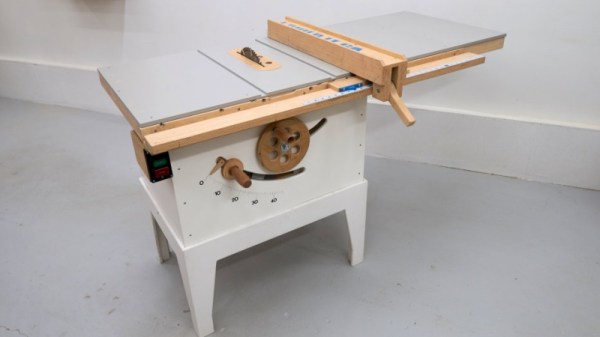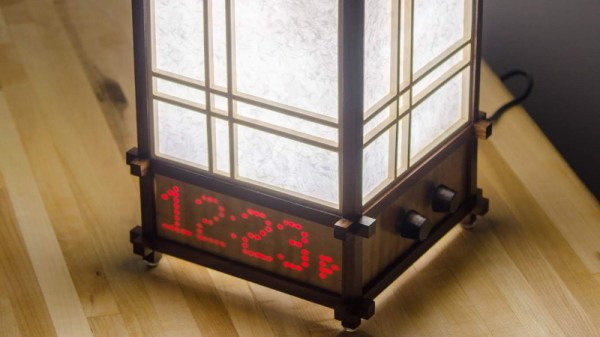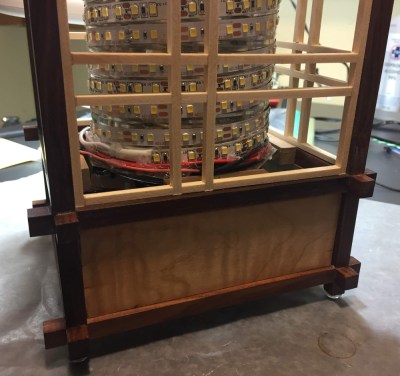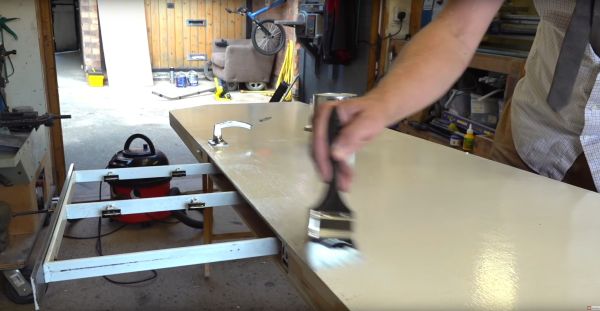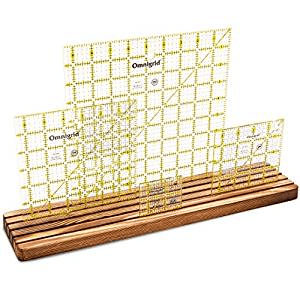A table saw is one of those tools that aren’t strictly necessary to have, but immensely helpful if you do happen to have one around. The folks at [I Build It] have made a three part series that features a homemade table saw build, so you can finally get around to adding one to your makerspace.

The build uses a real table saw arbor and is made from Baltic birch plywood and solid wood, with some plastic sheets for the trunnions and top. The blade is housed in a blade lift made out wooden panels with a pivot point and slot for the lift mechanism. Bearings allow the blade the freedom of movement, while a curved cutout allows it to stay flat against the wall of the slot while the blade lift mechanism moves.
Meanwhile a reused motor from a previous table saw is dusted, cleaned, and rewired to run in reverse. While most table saws only need two trunnions, a third is used for supporting the motor, since it has to move with the lift and tilt. Once the lift/tilt mechanism is complete, the frame for the table saw is more straightforward, with many steps involving clamping, measuring, cutting, fitting, and painting the assembly. For the final few steps, a switched is mounted outside the table saw in a small box that connected to the power supply and motor, as well as a shop vac for handling dust collection from the saw. While the enclosure isn’t a metal box, as long as the connections are secured properly the wires shouldn’t come loose.
If you want to see other examples of homemade table saws, check out this teeny tiny saw and this kid-friendly table saw build.

